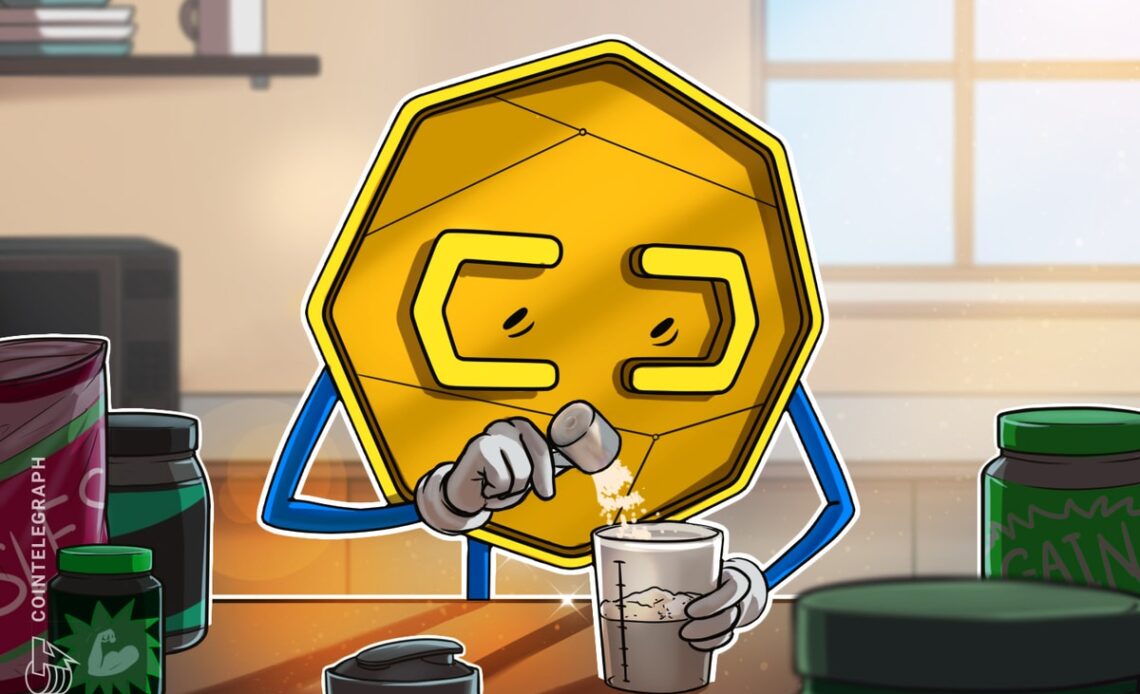[the_ad id="1637"]
[ad_1]
USD Coin (USDC), the world’s second-largest stablecoin, may simply have been in the wrong place at the wrong time.
The place was Silicon Valley Bank (SVB), a commercial bank with $209 billion in assets, where USDC issuer Circle had deposited $3.3 billion of its cash reserves for safekeeping.
The time was the present: one of rapidly rising interest rates in which institutions like SVB, which had long been gathering short-term deposits to buy long-term assets, got whipsawed.
For several harrowing days, USDC lost its peg to the U.S. dollar, sinking to as low as $0.85 (depending on the exchange) before recovering to $1.00 on Monday, March 13. This was the coin that many considered to be the poster child for fiat-based stablecoins, i.e., the most transparent, compliant and frequently audited.
An unpredictable turn of events?
“It’s ironic that what was supposed to be the safest place to put stablecoin reserves caused a depegging,” Timothy Massad, a research fellow at the Kennedy School of Government at Harvard University and former chairman of the United States Commodity Futures Trading Commission (CFTC), told Cointelegraph. “But it was a temporary problem, not an indication of fundamental design weakness,” he added.
Still, a depegging remains a serious affair. “When a stablecoin loses its peg, it defeats the purpose of its existence — to provide stability of value between the crypto and fiat worlds,” Buvaneshwaran Venugopal, assistant professor in the department of finance at the University of Central Florida, told Cointelegraph. A depegging unnerves existing and would-be investors, and it isn’t considered good for crypto adoption.
Some viewed this as an outlier event. After all, the last time a Federal Deposit Insurance Corporation (FDIC)-insured bank as large as SVB collapsed was Washington Mutual back in 2008.
“For a bank run like this to have happened would have been far-fetched to many — until the bank run happened,” Arvin Abraham, a United Kingdom-based partner at law firm McDermott Will and Emery, told Cointelegraph. “Part of the problem is that the banking partners for the crypto space tend to be some of the riskiest banks. Circle may not have had options at some of the bigger banks with safer profiles.”
Long-term consequences
The depegging raises a slew of questions about USDC and stablecoins — and the broader cryptocurrency and blockchain industry.
Will the U.S.-based stablecoin now lose ground to industry leader Tether (
Click Here to Read the Full Original Article at Cointelegraph.com News…
[ad_2]
[the_ad id="1638"]
